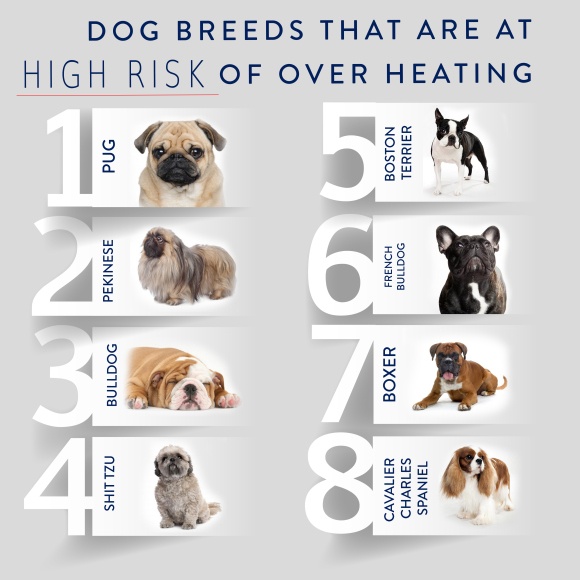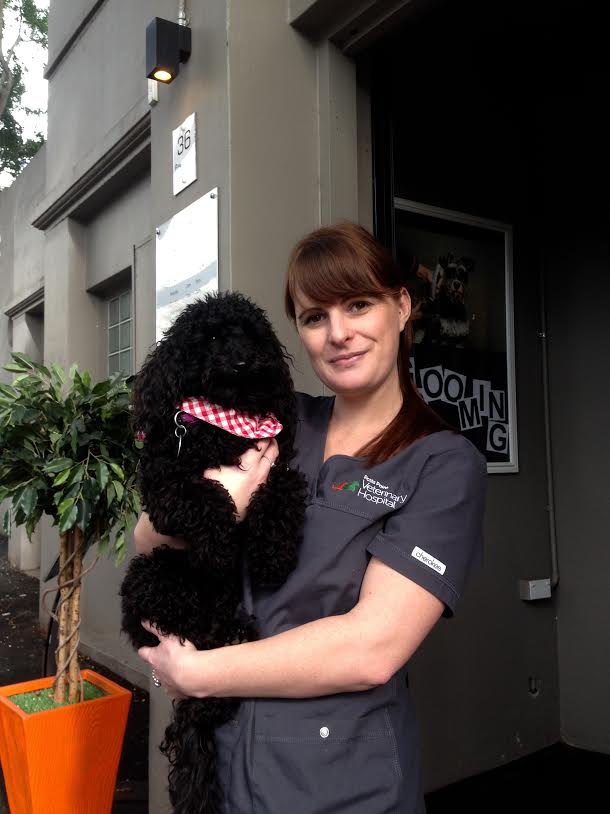 Image source: http://carrington.edu/blog
Image source: http://carrington.edu/blog
As we approach the middle of our Australian summer, we are seeing an increase in the number of heat stroke cases coming through our doors. Heat stroke (also known as hyperthermia) is an elevation in body temperature and is a life threatening condition that requires immediate emergency veterinary attention.
There are many different factors that can lead to heat stroke in your pet: animals left in cars on hot days, animals left outside for extended periods of time, lack of adequate shade or being exercised in hot weather can all lead to a life-threatening rise in body temperature.
What are the signs of heat stroke?
- Panting.
- Agitation/distress.
- Salivation/excessive drooling.
- Increased body temperature - above 39.5° C
- Reddened or bluish-purple gums (due to inadequate oxygen supply to tissues).
- Rapid heart rate.
Treatment: What should do you if you suspect your dog has heat stroke?
- Immediately cool the animal: place it in a cold bath or hose it down with cold water.
- Locate your nearest veterinary hospital: heat stroke in dogs can quickly turn deadly if not treated immediately and aggressively. Intensive emergency care at a veterinary clinic is required in most cases.
- As you travel to the vet, keep a fan or air-conditioning on them. Cold wet towels and ice packs can also be used.
How can I prevent heat stroke in my pet?
- Never leave your pet in a hot car on warm days. The temperature in a car can climb to over 60 degrees Celsius
- Never leave your pet outdoors unattended on hot days.
- Only take your pet on short walks on hot days and acclimatize them to exercise in warm weather
- Always allow access to clean, fresh water
- Keep your pet a healthy weight - obesity can predispose pets to heatstroke
Which breeds are predisposed to heat stroke?
- Short-nosed breeds (brachycephalic breeds) See list above.
- Overweight/obese animals
- Long haired animals
- Dark-colored animals
- Animals with thick hair coats
- Dogs with certain medical conditions: i.e. hyperthyroidism, cardiopulmonary disease, laryngeal paralysis.
What are other summer health hazards for pets?
- Pavement and asphalt get extremely hot in the summer sun and this can lead to painful burns on your dog's paw pads. Prevent this by walking dogs when it's cool, sticking to the grass, using dog booties and checking the paws frequently.
- Grooming is particularly important in the summer - if they have a thick hair coat consider a "summer clip." Just ensure the hair isn't cut too short as this can lead to sunburn!
- Barbecues and get-togethers: Can be super fun for humans but watch out and don't let your dog get table scraps! Table scraps and treats should constitute less than 5% of your dog's daily diet. A few common foods to avoid include grapes, raisins, foods with bones, corn on the cob and fruits with pits.
 Image source:http://www.theguardian.com/
Image source:http://www.theguardian.com/
